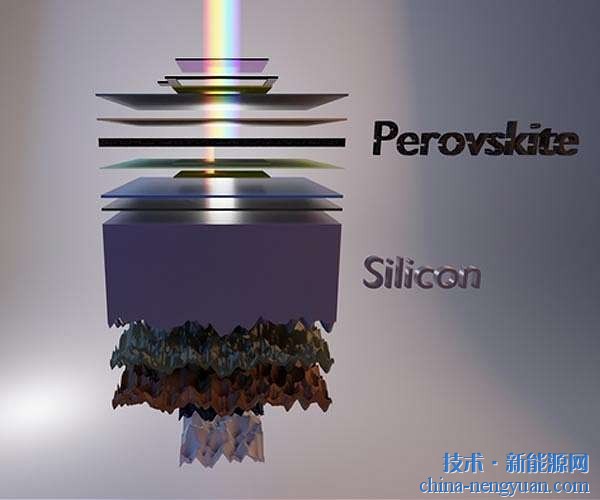 |
The research group consisting of the University of Tokyo and the Osaka Prefectural Institute of Industrial Technology announced on January 26, 2015 that the use of printing technology to make CMOS circuits and temperature sensors and connect them to an antenna for 13.56 MHz can be successful. Send temperature data. The results were achieved using a single-crystal organic semiconductor with a carrier mobility of 16.2 cm2/Vs, which is more than 10 times higher than that of conventional organic materials. Because no vacuum process is required, the manufacturing cost can be reduced to less than one-tenth of the original.
When the CMOS circuit is formed, the "coating crystallization method" developed by the research team is utilized. A specific step of the crystallization coating method is to prepare a mixed solution doped with a p-type or n-type single crystal organic semiconductor material and a high-viscosity polymer, and then apply the mixed solution to the substrate. When the solution is evaporated to dryness, a polymer layer is formed below and a single crystal organic material layer is formed thereon. The p-type line and the n-type line are alternately arranged at a certain distance from each other, electrodes are drawn thereon, and wirings are connected, thereby forming a semiconductor element. In terms of digital circuits, a 4-bit shift register is required for implementing a D-flip (Flip-Flop) circuit required for a memory and transmitting data.
The realization of the temperature sensor utilizes the characteristic that the resistance of the organic polymer material "PEDOT:PSS" changes due to temperature. In addition, organic semiconductor materials have also been used to form circuits that convert analog resistive data into digital data. In addition, a rectifier circuit using an organic TFT element (based on a coating crystallization method) is also available.
This research was conducted as the subject of the “Development of Innovative Electronic Transistor Plastic Electronic Labels†in NEDO's “Strategic Energy Saving Technology Innovation Projectâ€. Researchers from the Takeku Research Laboratory at the University of Tokyo, the Osaka Prefectural Institute of Industrial Technology and Research Director Uno Nobu, Toppan Forms, JNC, Denso, Fujifilm, TANAKA Holdings and Japan Electroplating Engineers participated in the study.
The research team has successfully developed high-performance organic TFTs using single crystal organic materials in 2011. In 2012, it successfully developed a liquid crystal display driver using the coating crystallization method. In 2014, it successfully developed a single-use LCD. Crystal TFT's low-cost RFID tag rectifier, the results have been released. In the future, we will promote the development of RFID tags for logistics management equipped with temperature sensors for practical use. In addition, “High-end organic semiconductor research and development and research centers†established at the University of Tokyo will be jointly researched with companies engaged in the development of organic semiconductor materials, panel components, device development, and component development, and will be developed for a wide range of applications. High-speed organic electronic components. (Reporter: Middle truth)
Led Double Head Spot Light,Double Head Spot Light,Led Square Fixed Spot Light,Led Recessed Modular Spot Light
Foshan Brinno Technology Co.,Ltd , https://www.brinnolighting.com